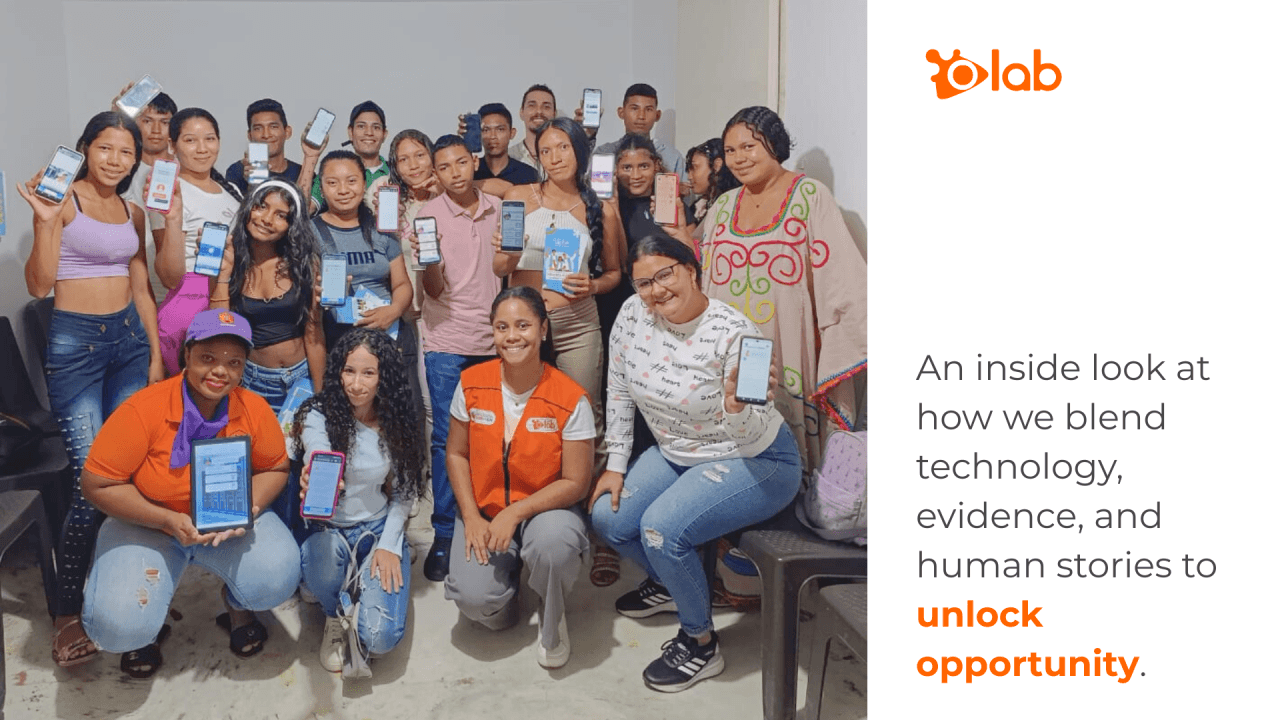- Organizational Culture & Transformation
- Reading Time: 2 Min

Leading in the Present
For years, the leadership was synonymous with accumulated experience, process control and the ability to keep calm when everything remained more or less the same. In a stable environment, that kind of leadership was not only useful: it was necessary.
But that world has changed.
Today we face uncertain, fast-paced, interdependent and often contradictory scenarios. The answers are no longer clear, the rules are written as we play, and authority comes not so much from knowledge, but from the ability to interpret, adjust and respond emotionally.
In this context, to lead is not to lead with certainty, but to sustain oneself in the midst of uncertainty. It is not to control the environment, but to evolve with it.
Transformations 70% fail due to internal causes related to leadership.
- McKinsey Company
What does it really take to be an adaptive leader?
It's not just a matter of "learning fast", it involves develop deep and complex skills:
- Emotional self-awareness: to recognize one's own reactions before acting.
- Decision making under pressure: in scenarios where there is insufficient data and no guarantees.
- Active listening:not only to hear, but to understand what is not being said.
- Continuous learning: not as a slogan, but as a daily practice.
- Systemic thinking: to understand that every decision has multiple consequences.
- Adaptive humility: recognize that leading is not about being right, but about mobilizing the team in the right direction.
And all this requires an enormous willingness to discomfortAn adaptive leader must be willing to question, to let go of certainties, to let go of what no longer works, even when that is what got him where he is.
The 82% of leaders current employees feel ill-equipped to manage uncertainty
- Harvard Business Review
How does one begin to build this type of leadership?
Here are some specific routes:
Train yourself in emotional self-awareness: You can't lead with clarity if you don't know what's going on inside you. Watch your reactions, identify patterns. A timely pause can be more powerful than a quick command.
Design your continuous learning as a system, not as an intention: Set aside real time in your calendar to learn. Don't "try when you can. Read about complex systems, psychology, critical thinking, not just leadership. Uncertain environments require broad minds.
Ask for feedback before you feel you need it: The adaptive leader does not wait for a crisis before listening. He actively and steadily seeks diverse perspectives. Not to please, but to understand.
Train your tolerance for ambiguity: Expose yourself to decisions without guarantees, debates with conflicting opinions and projects with uncertainty. Don't run away from chaos: practice it.
Create safe spaces to experiment (and fail): In your teams, in your projects, in yourself. Error is information. Experiment is training. Without it, the new never comes.
Develops systemic thinking: Every action you take has multiple effects. Don't lead just to meet goals, lead by understanding what impact you are having on the entire ecosystem.
Adaptive leadership is not decreed from a position, it is built with intention, discomfort and awareness. And while there is no single path, the truth is that no one gets there without first questioning who they are when they are not in control.
In addition, if you are looking to train in complex scenarios, make simulated decisions under pressure or measure your leadership skills in real (non-theoretical) environments, tools such as O-Lab can help you turn those skills into live practice - for you and your teams!
BOOK YOUR FREE DEMO AND DISCOVER O-LAB AND DISCOVER HOW YOU CAN BOOST YOUR ONBOARDING AND TRAINING.


